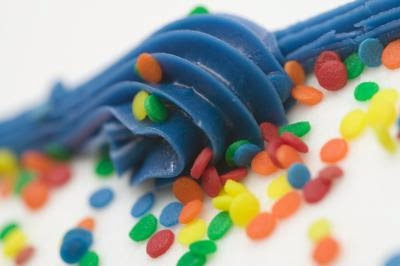When hard times strike, adjustments to living standards can be helpful in reducing costs. One adjustment can be a reduction in food costs. Though food will always be a necessity, you can lower costs not just by reducing what you initially spend on it, but by changing how you use the food in general. Small alterations in meal planning and preparation can pay large dividends in reducing waste, maximizing value and making your food go farther. Add this to my Recipe Box.

Pair small portions of meat with low-cost starches. Because of the cost and effort that goes into feeding and raising animals for consumption, meat is often the most expensive food component on the plate. To continue to eat meat but still save money, serve smaller meat portions with cheap, calorie-rich accompaniments, like rice, corn or potatoes. You still get the satisfaction of eating the meat, but fill up on the cheaper options.
Let nothing go to waste. If the food has not gone bad, figure out a way to utilize it before it is no longer edible. If your milk or eggs are nearing their expiration date, make a custard. If your bread is going stale, use it as bread crumbs or mix it with the eggs and milk to make French toast. Use a tried and true recipe or make something up, but use the food while you still can.
Think of individual meals as components for future meals. Making a big meal and eating it over and over again might seem like a smart idea, but even delicious foods can become tiresome when eaten repeatedly. Instead, make one meal, then spin its components into something new. For instance, if you were to make tacos one night, you could take the leftover meat, add a few items and turn it into chili for the next night.
Eat less. Make your food last longer by simply consuming less of it. Put yourself on a diet or fast periodically. Fill up on water and consume high-fiber foods to fill up the physical space of your stomach and trick your body into believing you are full.
Freeze your leftovers. Maybe you have had a particular meal too much or you just have a taste for something else, but your leftovers are not appealing. Instead of throwing them away, put them into a freezer-safe package and freeze until you want them again.
Shop for whole, unprocessed food. It take time, effort and money to process food items into new forms, which is reflected in their costs. To make your way around this, purchase your food in whole form and process it yourself. To save even more money, buy it in bulk to lower your average cost per unit.




